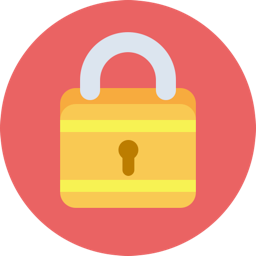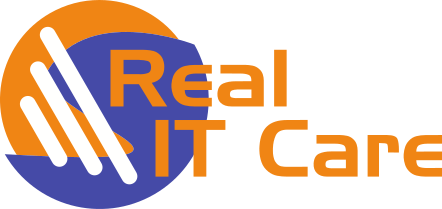Protect Your Digital Identity
By Zane Patalive, www.realitcare.com

Protect Your Digital Identity
It is difficult to go a week without hearing about a new data breach or computer hack against a major company or against individual consumers. In September 2014 Home Depot reported that the cost of their 2013 data breach has reached $148 million and is still expected to climb. We also learned about many celebrities having personal photos stolen from Apple’s iCloud because of weak passwords. In this day and age, unplugging ourselves from the Internet does not seem to be a possibility, lest we want to give up email, FaceBook, and immediate access to the world’s nearly infinite knowledge base. As such, you need to take precautions to protect your digital identity from the online ne’er do wells that see each of us as a potential victim.
When it comes to implementing a personal digital security strategy, you need to worry less about the sophisticated professional hackers employed by the Russian and Chinese governments and focus more on securing ourselves against the digital thugs that want to steal your identities and our money. By implementing the following recommendations, each of us can keep a step ahead of the online hooligans and protect your digital identity.
- Avoid Email attacks and phishing schemes
- IF IT SEEMS TOO GOOD TO BE TRUE, IT IS ALWAYS A SCAM!! No one in this world is looking to send you large sums of money if you send them a small amount of money. Delete these emails before reading past the first paragraph.
- YOUR FRIENDS, FAMILY, AND NEIGHBORS ARE NOT STUCK IN A FOREIGN COUNTRY!! NEVER send money to the aid of anyone without first verifying their supposed situation with multiple sources
- Never click a web link that is embedded in a questionable email. Chances are these links will take you to a falsified site that may look legitimate but is only there to steal your personal information and/or credit card numbers. (See our managed anti-spam service for more info.)
- Never give your personal information to someone who calls you on the phone offering you a ‘great opportunity’.
- Use strong passwords
- Thieves know that passwords are hard to remember so many people use very simple passwords. Unfortunately we often use the same passwords which makes it very easy to break into accounts. Believe me, you are not the first person to use ‘password1’ thinking the 1 will make it impossible to guess.
- When choosing a password, use a combination of uppercase, lowercase, numbers, and special characters. Also longer passwords are always better.
- To further protect your digital identity, use different passwords for every account. Understanding that it is hard to remember many different passwords, consider using a password manager to remember them for you such as LastPass or KeePass.
- Use quality antivirus software
- There are many free antivirus programs available on the Internet, but spend a few dollars and purchase a quality program that will offer more to protect your digital identity. Many Internet Service Providers offer free versions of the popular antivirus programs, such as Comcast who offers Norton antivirus for free to home and small business clients.
- Ensure your antivirus software is running properly and always up to date. If there is a red X over your program, you may very well be infected with a virus (see our managed antivirus service for more info).
- In addition to antivirus software, use a quality anti-malware program and scan your computer regularly. A great program to consider is MalwareBytes.
- Avoid using unsecured wireless networks and public use computers
- While away from home, avoid using wireless networks that do not require a password. These connections do not encrypt traffic, so anyone sitting on that network with a simple hack too can easily grab user names and passwords out of the air.
- Never access a website that requires a username or password from a public computer such as in a library or hotel. Keylogging programs record every keystroke made on that computer so a thief can read everything typed on the keyboard including passwords and account numbers.
This is a very short list of recommendations and far from exhaustive. If we can at least protect your digital identity from the low hanging fruit of digital security practices, perhaps we will frustrate the digital attackers enough to pass us by quickly and move on to someone else who is less suspecting.
By Zane Patalive, Real IT Care


